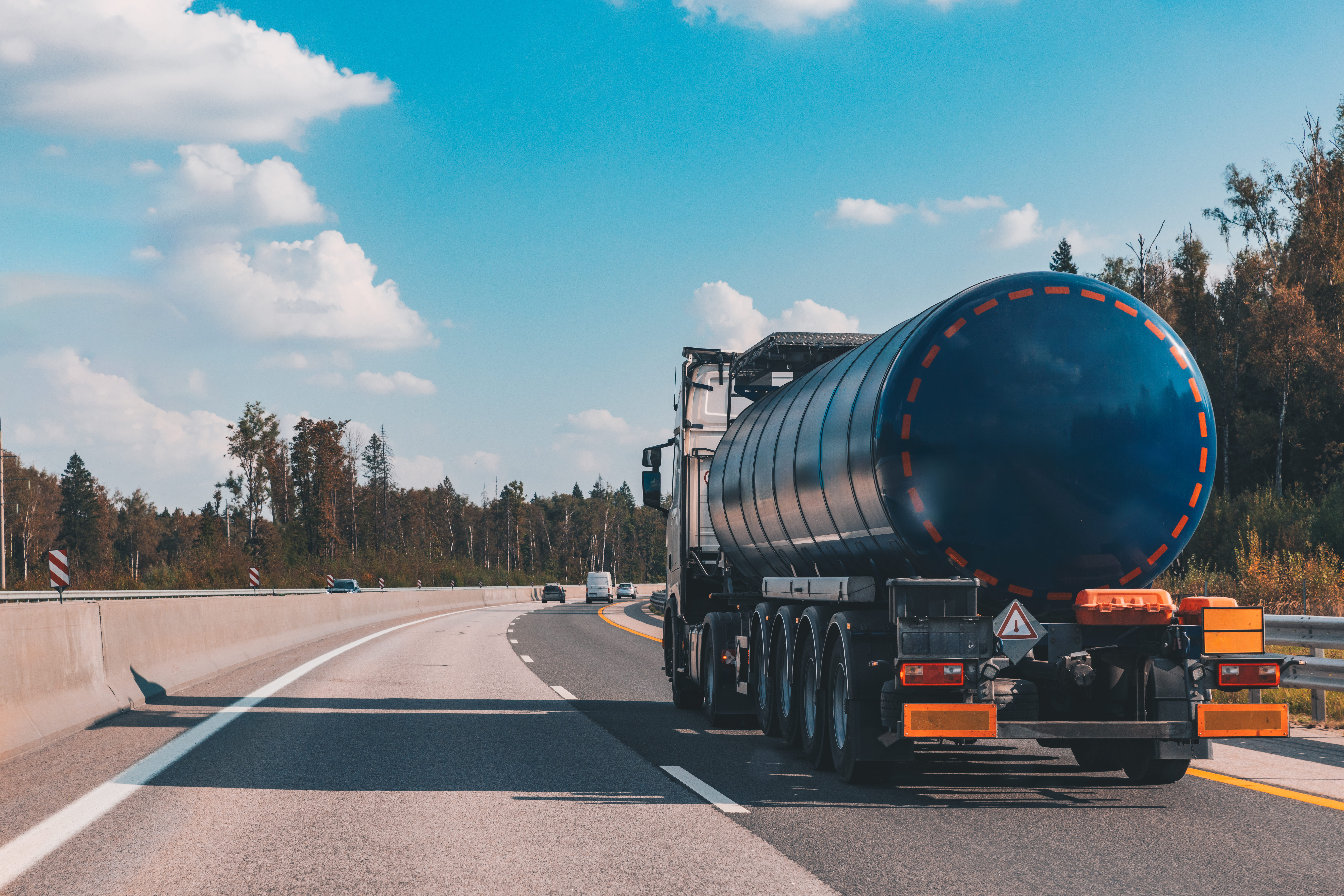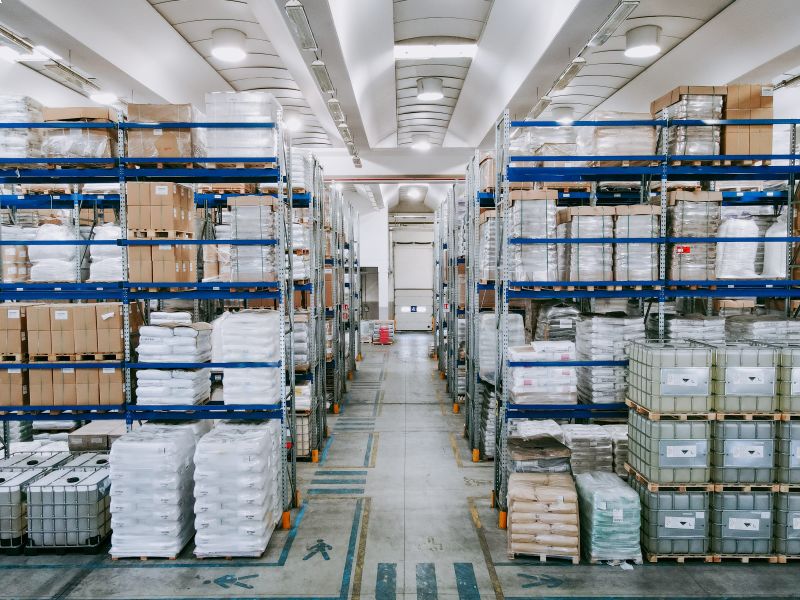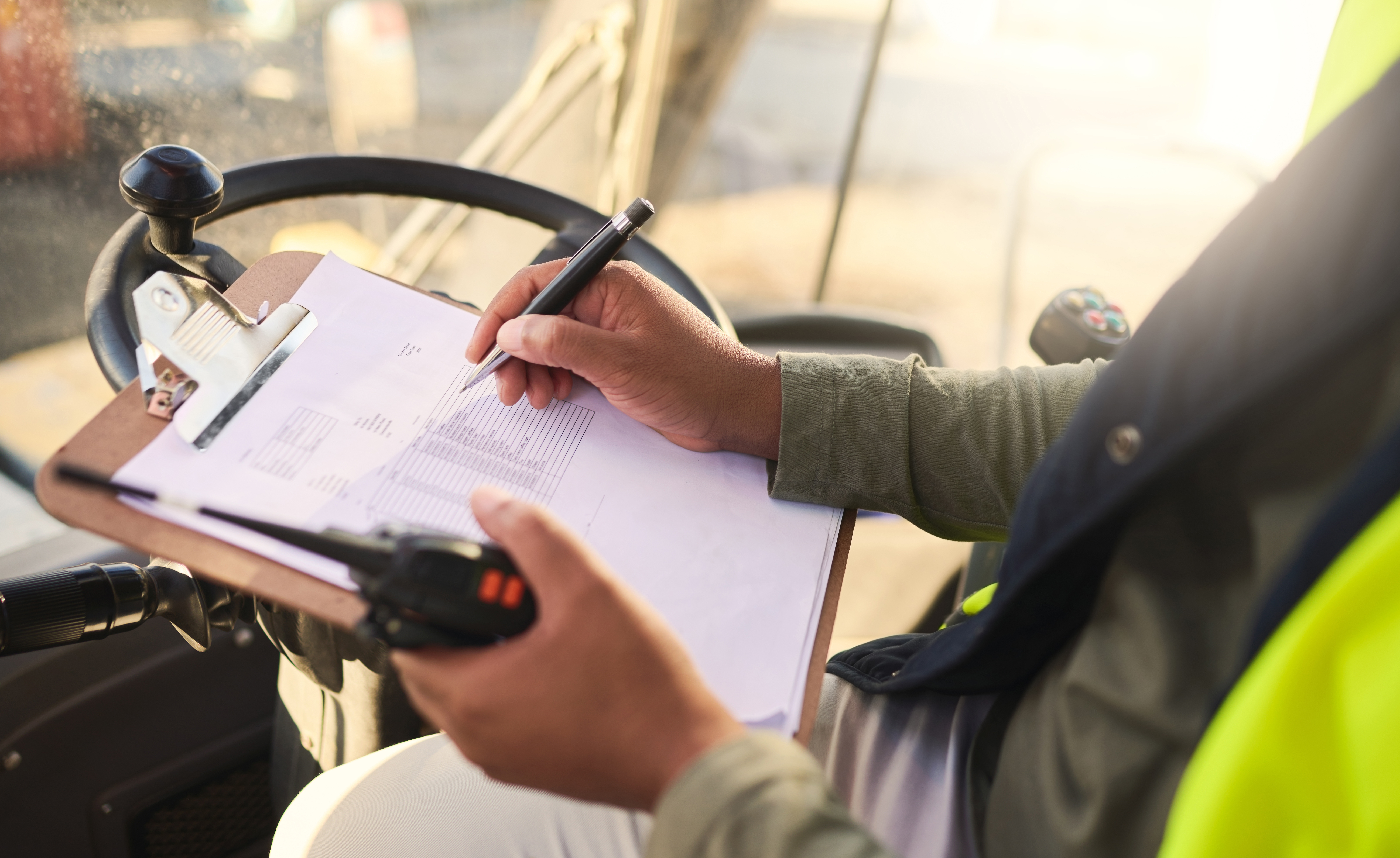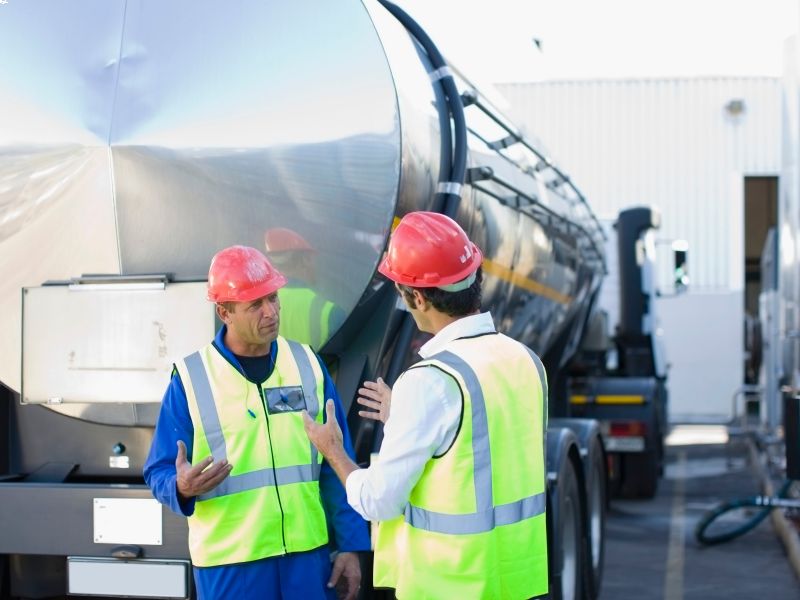Seveso Emergency Plan: PEI and PEE.
After the Seveso accident in 1976, which highlighted the need to effectively manage emergency situations, a regulatory process was initiated at the European level, and subsequently implemented at the national level, to provide companies at risk of major accidents with a dedicated regulation, which includes the drafting of a Seveso Emergency Plan. For companies that fall under the Seveso regulations and exceed certain thresholds of substances considered hazardous, the plan includes both an Internal Emergency Plan (IEP) and an External Emergency Plan (EEP).
When an establishment is at Risk of a Major Accident and requires an emergency plan
The classification of an establishment as a Major Accident Hazard and its re-entry into the scope of the "Seveso Directive" is based on the possession of hazardous substances listed in Annex I (Parts 1 and 2) of Legislative Decree 105/15 (Seveso III), in quantities exceeding the thresholds specified in columns II and III of the same annex.
Depending on the quantities of hazardous substances, the establishment may be classified as Lower Threshold (SSI) or Upper Threshold (SSS), entailing different fulfilments in terms of regulations and procedures.
The potential risk of an establishment is, therefore, directly related to the type and quantity of hazardous substances it has inside and not to the type of activity carried out.
To ensure a prompt and effective response in emergency situations caused by major accidents, it is therefore essential to have an adequate Seveso emergency plan, with internal and external plans. These strategic documents provide a detailed outline of the procedures to be followed, the resources available, and the responsibilities assigned.
The presence of emergency plans not only ensures the safety of those working in the plant, but also constitutes a key element in the protection of the surrounding community, demonstrating the facility's commitment to the responsible management of crisis situations.
The Internal Emergency Plan (IEP)
The Internal Emergency Plan (IEP) of a Seveso establishment is a strategic document that establishes the detailed procedures and actions to be taken in the event of a major accident. The IEP is mandatory for upper-tier Seveso establishments, while for lower-tier establishments, emergency situations are handled by following the procedures and plans established by the person in charge during the implementation of the safety management system (indicated in Article 14, paragraph 5 and Annex 3 of Legislative Decree No. 105/2015).
Here are some of the key elements that are typically included in the IEP of a Seveso establishment that requires it
- identification of hazards and hazardous substances - detailed list of the substances present in the establishment with an indication of their properties and quantities;
- mapping of risk areas - definition of the areas of the plant considered at risk in the event of an accident;
- alarm and communication procedures - protocols for raising the alarm in the event of danger and internal and external communication procedures;
- evacuation plans and protection systems - instructions for the evacuation of operators and the positioning of protection systems, such as fire extinguishers and collection points;
- roles and responsibilities - assignment of specific tasks and responsibilities during an emergency of each staff member involved in the plan;
- emergency resources and equipment - list of available resources, including personal protective equipment and rescue equipment;
- incident control procedures - details of actions to be taken to contain and manage the incident;
- training and simulations - plan for regular staff training and simulations to test the effectiveness of the IEP;
- coordination with authorities - protocols for cooperation with local authorities and other external emergency services.
The IEP is a document that requires regular review and updating to ensure its relevance and effectiveness and must be drawn up taking into account the experience of the people working in the establishment.
The External Emergency Plan (EEP)
The External Emergency Plan (EEP) of a Seveso plant is designed to ensure a co-ordinated and rapid response in the event of a major accident that could pose significant risks to people and the surrounding environment.
It is prepared by the Prefect and implemented with the regions and local authorities concerned.
Here are some of the key elements that are typically included in the EEP
- mapping of external risk areas - identification of surrounding areas that could be affected in the event of a major accident at the plant;
- external warning and communication procedures - procedures for raising the alarm and communicating with local authorities, emergency services and the affected population;
- evacuation plans and external protection systems - plans for the evacuation of people in risk areas and the implementation of external protection systems, such as barriers and safety zones;
- coordination with emergency authorities and services - procedures for working with local authorities and relevant bodies for a coordinated response;
- information to the population - plans for informing the population about emergency procedures and what to do in case of evacuation.
The EEP, like the IEP, is a dynamic document that requires careful management and regular updates to ensure its readiness and effectiveness in the event of a major accident.
Rely on a Seveso warehouse that operates safely
If you are looking for a reliable partner for the storage of hazardous substances, it is important to rely on an establishment that operates safely. As a Seveso Lower Threshold plant, Corsini is committed to ensuring maximum attention to safety with a Seveso emergency plan: the facility is fully compliant, following strict emergency management procedures.
News.
STAY UP TO DATE ON HAZARDOUS GOODS AND THE CHEMICAL SECTOR
The world of hazardous goods transportation is constantly evolving, as are the regulations affecting the shipment and logistics of hazardous substances and chemicals. Stay up-to-date with our industry articles.

 Registered office: Viale Etiopia, 5 - 20146 Milano (MI)
Registered office: Viale Etiopia, 5 - 20146 Milano (MI)












